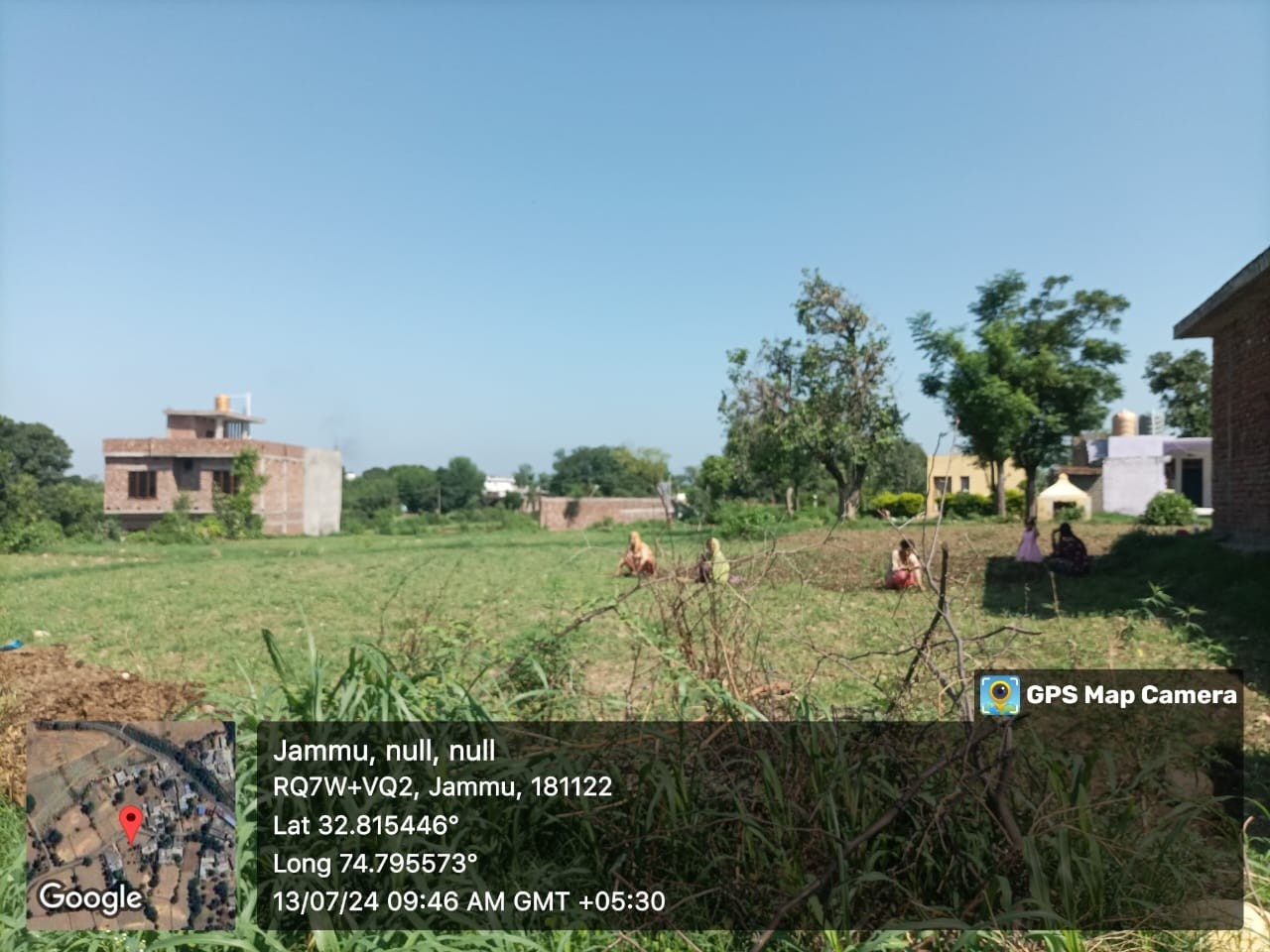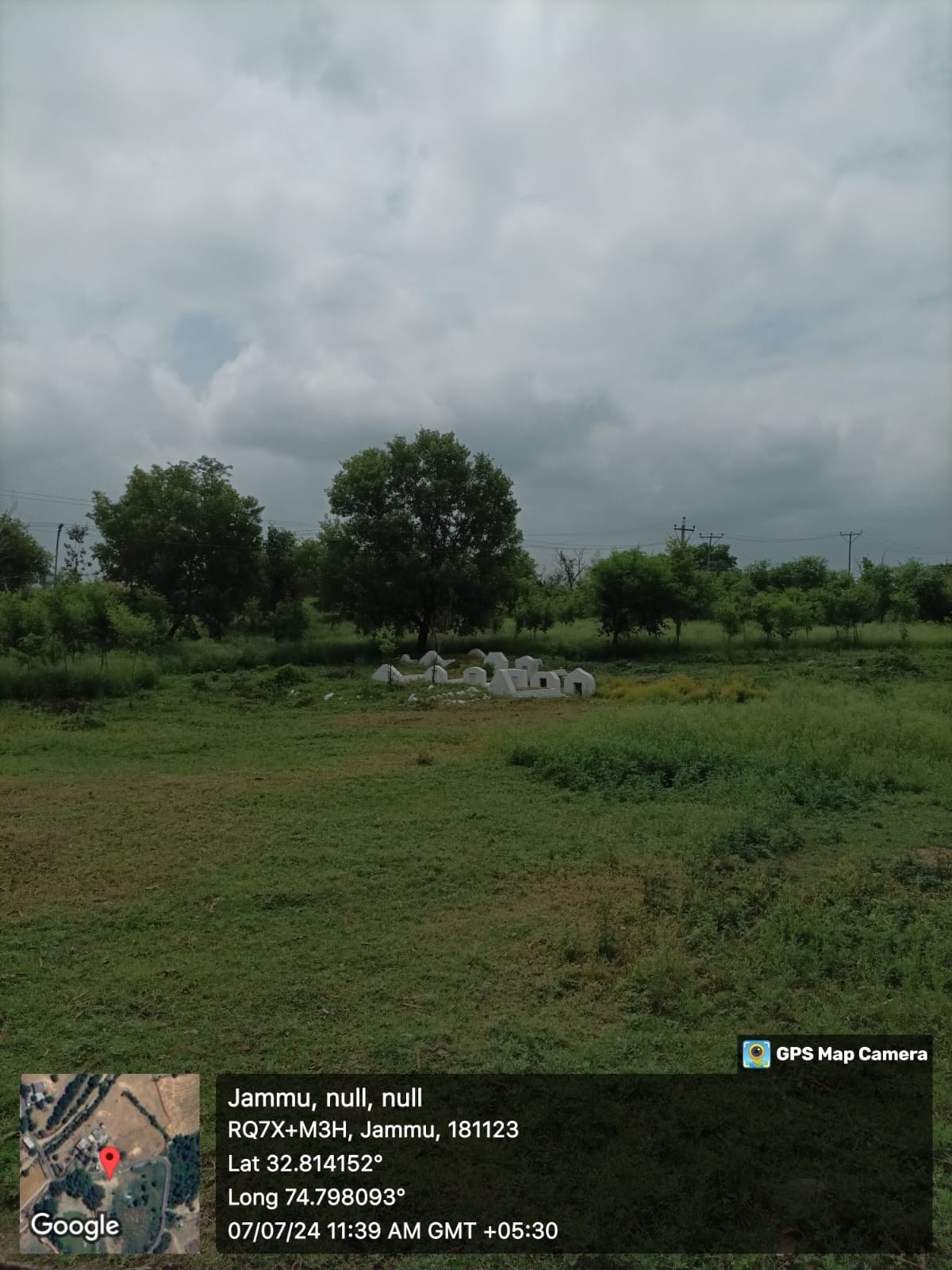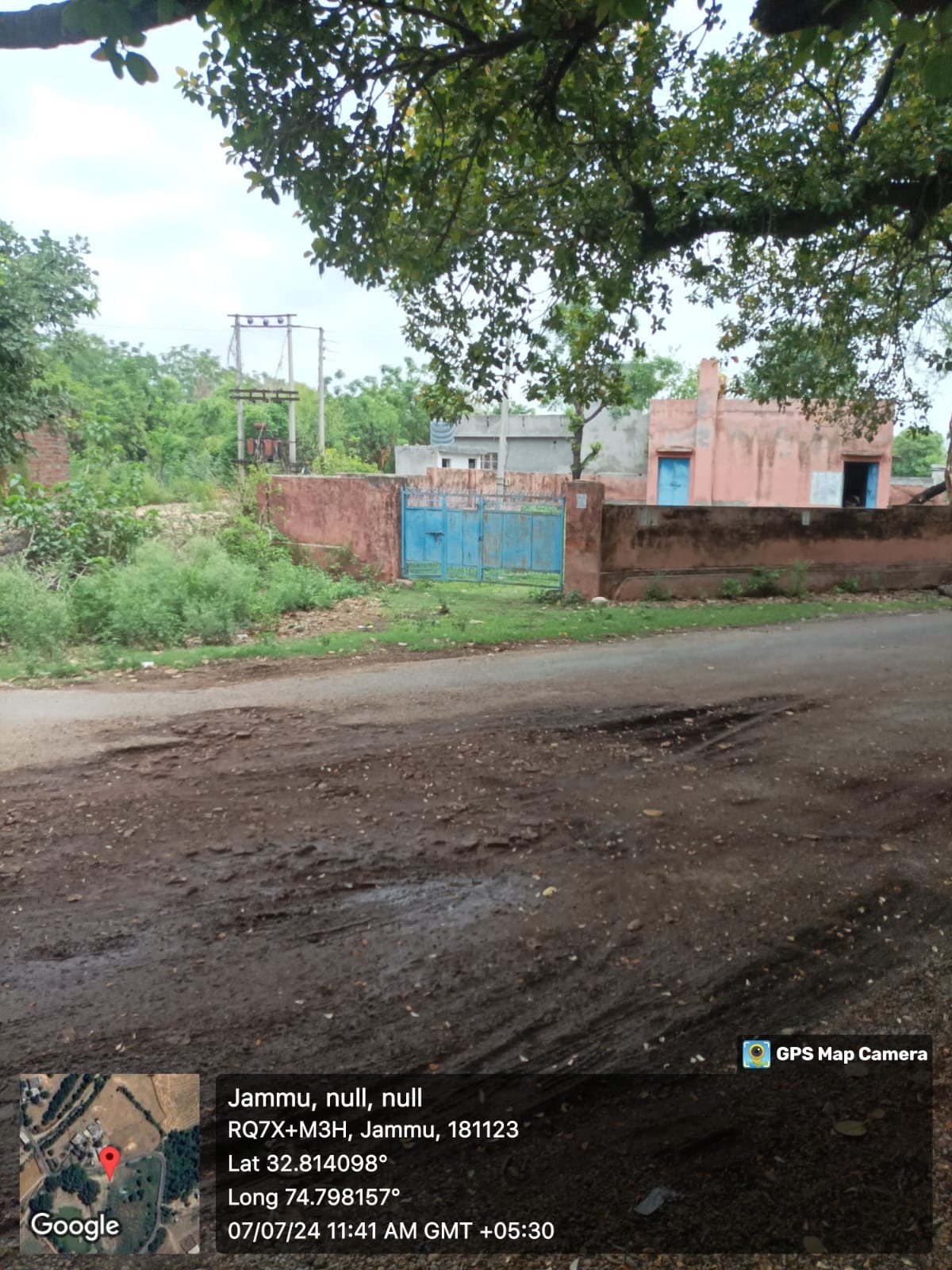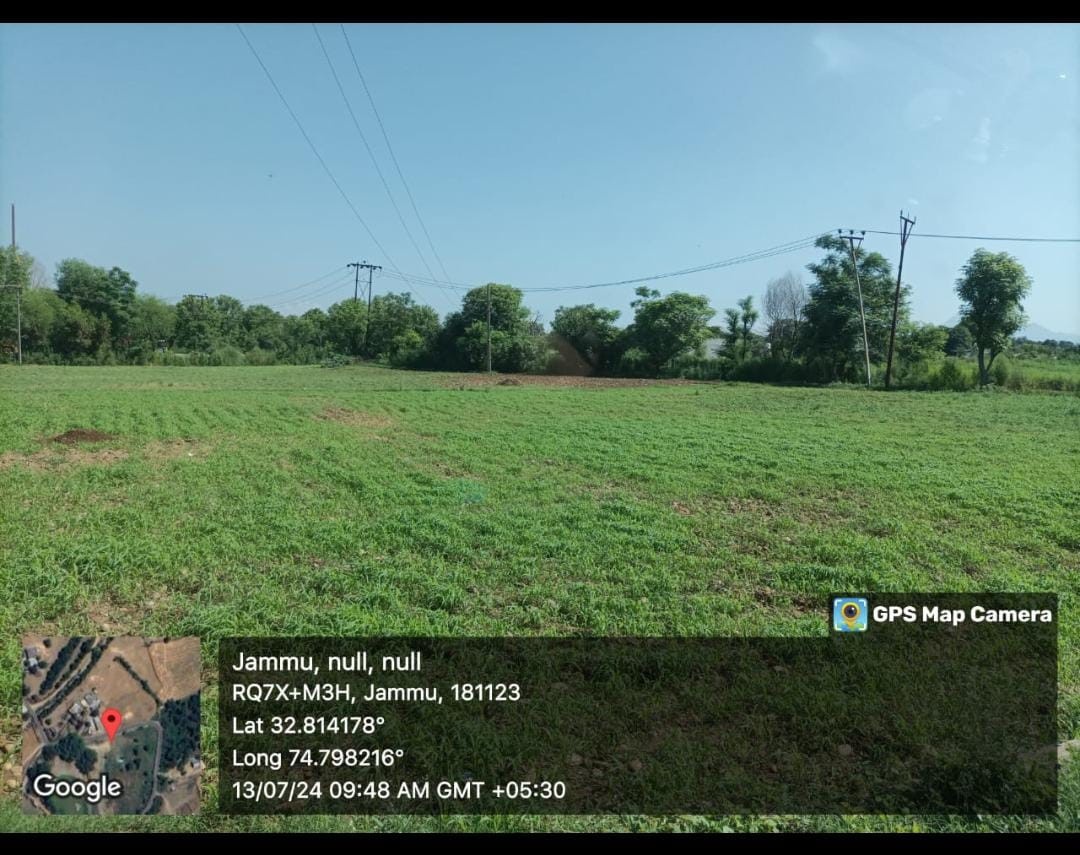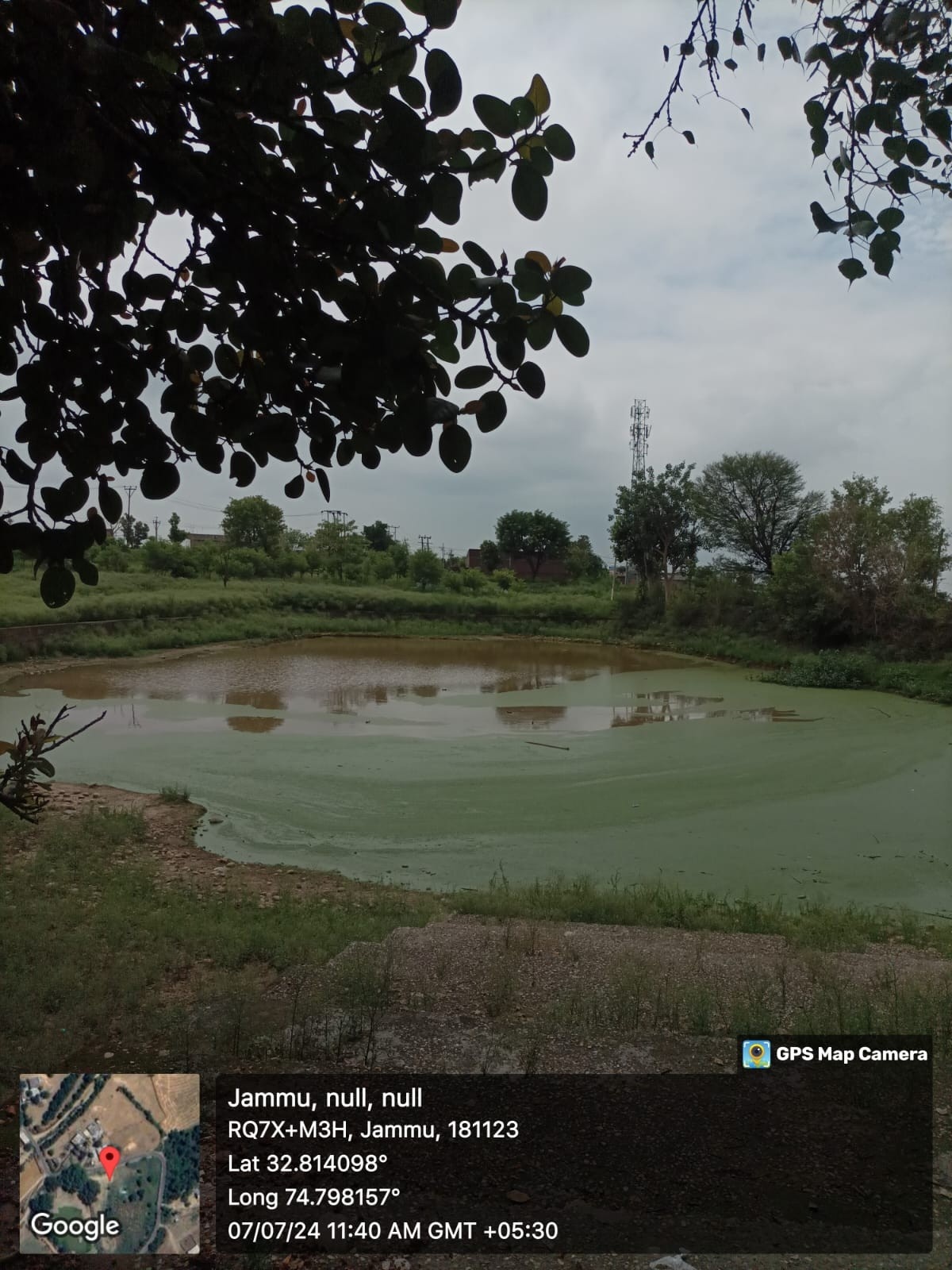Description
Introduction to Kalagam Village
Kalagam, a picturesque village located in the Jammu district of Jammu and Kashmir, stands as an important settlement within the Bhalwal C.D. Block. Known for its rich demographic diversity and agricultural heritage, Kalagam is a thriving community that continues to embrace both its traditional roots and modern developments. The village, with a total population of 11,561 residents, represents a blend of rural charm and evolving progress. Located around 12 km from both the Sub District and District Headquarters of Jammu, Kalagam is strategically positioned and plays a vital role in the local administrative and socio-economic landscape.
Population and Demographics
Kalagam village has a total population of 11,561, with 2,245 households. The community exhibits a relatively balanced gender ratio, with women comprising 45.2% of the population, amounting to 5,222 females. The literacy rate in Kalagam stands at 69.2%, with 8,005 individuals being literate, while the female literacy rate lags at 28.9% (3,339 females). The village also includes a significant proportion of Scheduled Castes, making up 42.6% (4,930) of the population, with Scheduled Tribes representing 7.4% (850). The child population (0-6 years) totals 1,296, with 570 girl children, making up 44% of the child demographic.
Location and Administration
Kalagam is located within the Upper Kote Gram Panchayat, which is part of the Bhalwal C.D. Block. This village spans an area of 981.4 hectares, with 149.3 hectares of non-agricultural land and 455.3 hectares dedicated to irrigated agricultural activities. The nearest town, Jammu, lies 25 km away and serves as the hub for various educational and healthcare facilities. Kalagam’s proximity to Jammu provides residents with access to a broader range of resources while maintaining its rural identity.
Education Infrastructure
Kalagam village is equipped with several educational facilities, including private pre-primary, government primary, private primary, government middle, private middle, and private secondary schools. For higher education, the village’s proximity to Jammu allows access to numerous institutions, including government-run senior secondary schools, arts and science degree colleges, engineering colleges, medical colleges, MBA colleges, polytechnic colleges, and ITA colleges, all located in Jammu.
Healthcare Facilities
In terms of healthcare, Kalagam is served by a Primary Health Sub-Center, a Maternity and Child Welfare Centre, and two medical shops. While basic healthcare services are available within the village, for more specialized medical care, residents rely on the well-established medical infrastructure in Jammu, which is easily accessible due to the village’s proximity to the city.
Agriculture and Irrigation
Agriculture plays a central role in Kalagam's economy, with the primary crops being paddy, wheat, and bajra. The village benefits from 455.3 hectares of irrigated land, with irrigation sourced from canals. The agricultural power supply in Kalagam is robust, providing 14 hours of power during the summer months and 10 hours in winter, ensuring that farming activities are well-supported. Despite the focus on agriculture, the village does not engage in significant manufacturing or handicraft production, relying primarily on agricultural outputs for its livelihood.
Drinking Water and Sanitation
Kalagam receives untreated tap water throughout the year, including during the summer months. Additional water sources include covered wells, uncovered wells, hand pumps, and tube wells/boreholes. However, the village faces challenges in terms of sanitation, as there is no drainage system or garbage collection infrastructure. Drainage water is directly discharged into nearby water bodies, highlighting the need for improved sanitation measures.
Transportation and Communication
Transportation in Kalagam is facilitated by both public and private bus services, providing essential connectivity to nearby towns and cities. Though the village lacks a railway station, it is well connected via National Highway 1, which passes through the area. The local infrastructure also includes pucca roads, kuccha roads, and footpaths, ensuring accessibility within the village. Communication services are well-established, with landline connections, mobile coverage, and internet access available within a 5 km radius. Additionally, a sub-post office serves the village’s postal needs.
Commerce and Financial Services
Kalagam has a commercial bank and an ATM, providing basic financial services to residents. The nearest cooperative bank is located within a 5 km radius. For further banking or financial services, residents can travel to Jammu, where a wider range of financial institutions are present. The availability of such services supports the village’s economic activity and enhances the accessibility of financial resources.
Other Amenities
The village is well-supported by several essential amenities, including a power supply with 14 hours of electricity during the summer and 19 hours in winter, ensuring uninterrupted access to energy for daily activities. Other notable services in Kalagam include an Anganwadi centre, ASHA (Accredited Social Health Activist), daily newspaper services, and a polling station. These amenities contribute to the overall quality of life in the village and support its socio-economic development.
Challenges and Future Prospects
While Kalagam is a well-developed village, it faces certain challenges, especially in terms of sanitation and waste management. Improvements in drainage systems and waste collection would significantly enhance the quality of living. Additionally, the village’s reliance on agriculture and limited industrial development highlights a need for diversification of economic activities. By leveraging its educational and healthcare connections with Jammu, Kalagam could explore new avenues for economic growth, innovation, and infrastructure development. With ongoing support for its agricultural sector and investment in essential services, Kalagam is poised for a promising future.
Photos
Location Map
Contact Information
| Address |
kot bhalwal |
| Phone Number |
6005794278 |
| Email Address |

